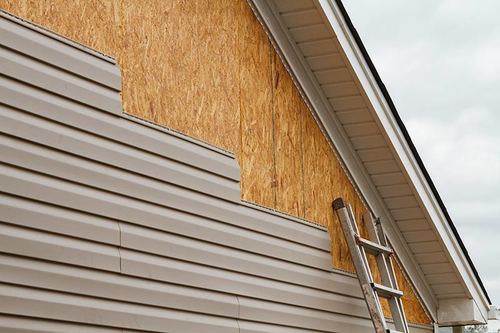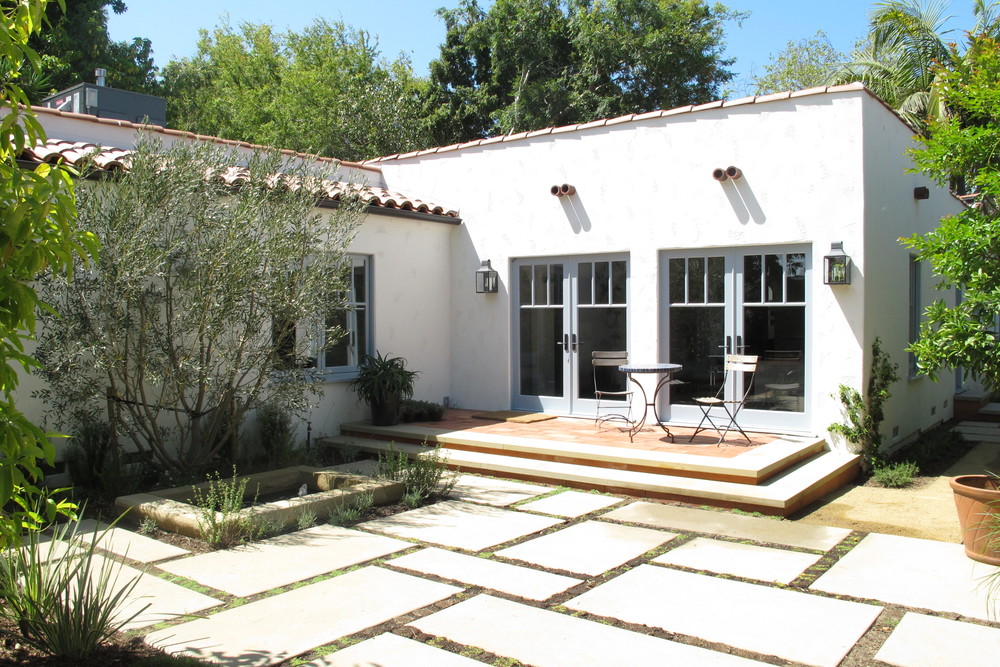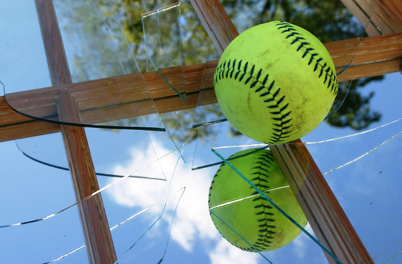Replacing Wind Damaged Siding
Published by David Tali en 06/09/2018
Vinyl and aluminum are the predominate choices for residential house siding. Each has benefits and drawbacks, but both are meant to last many years while giving the house an attractive appearance. Vinyl is the lower cost option. It does not require regular painting and thus is easier to maintain. While vinyl provides some noise resistance, it is less durable lasting 10 to 15 years and is less heat resistant than aluminum. Homeowners in warm, tropical climates may prefer the temperature resistance of aluminum but they will need to paint it every 5 years to enjoy the 30 or 40-year advertised durability.
Both aluminum and vinyl siding materials can be damaged by wind
Aluminum sections can be entirely ripped from the house due to the aerodynamic effects of a strong wind. It also is more prone to suffer dents and “dings” when impacted by flying debris. Vinyl is more likely to develop splits, chipping, and cracking from wind and hail. Older vinyl siding will be more vulnerable because the chemical stabilizers that provide UV protection from the sun will cease to work and the PVC material will degrade and become fragile over time.
The choice to replace your wind damaged siding will likely depend on who will pay for it
Siding damaged by hurricane or tornados will be covered by your homeowner’s insurance policy providing you have the policy coverage. In hurricane or tornado prone areas the basic policy might exclude paying for wind damage unless you purchase the additional coverage. Unlike auto insurance, there is no “bad driver” clause to jack up rates. With wind insurance, your premiums should not increase after filing a claim. If the damage is minor, less than your deductible or not covered by insurance, the cost to replace the siding will be out of your pocket.
If only a partial vinyl siding replacement is needed the challenge becomes one to match the new siding to the remaining undamaged siding. In rare cases the original manufacturers warranty may cover some types of fading. If not, you have the option of removing a matching panel from the rear of the house less visible to onlookers and use that to replace the visible damage. The new unmatched panel can then be installed in the vacated less visible area to complete the panel “switcheroo”. Other, more expensive options are to use vinyl restoring chemicals on the old panels or have the new panel treated in some way to match the faded old panels. For partial aluminum siding replacement, the quickest and least expensive way is to replace the damaged sections and simply paint the whole wall or even the entire house to get the matching color.
There is one situation where having aluminum siding can be a big advantage
In this scenario the house aluminum siding suffers heavy damage from a damaging wind, so the insurer is obligated to cover the costs of aluminum siding. This presents an excellent opportunity for the homeowner to switch to a premium vinyl siding leaving the remaining funds for other purposes.
As with any decision you will need to weigh the pros and cons of the available options before making a choice. You should first make sure that you have proper insurance coverage and then consult with a qualified siding contractor for some good advice.
Finally, be prepared for a hurricane or other calamity with a plan to use tarpaulins and plywood to prevent any further damage to your property after the storm hits. The claim settling process with your insurance company can be quite stressful and they will not cover additional damage that occurs after the initial claim is filed.
Categoría: Blog





